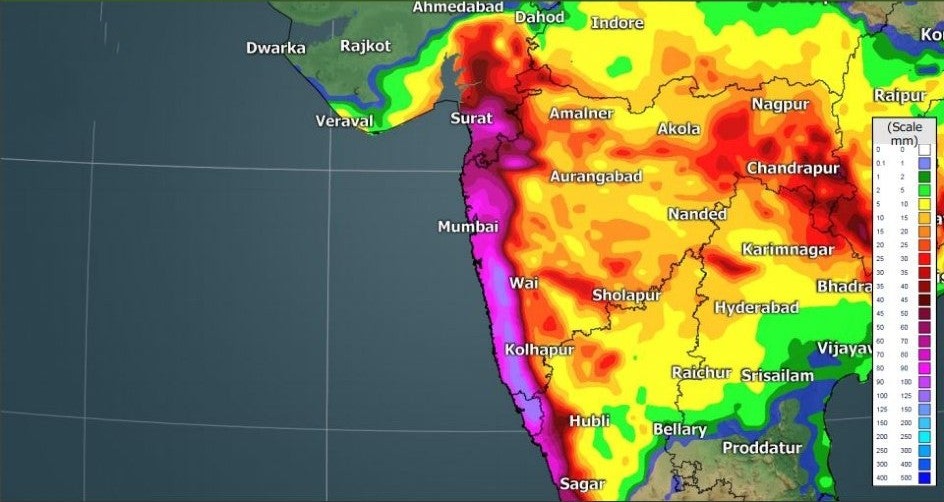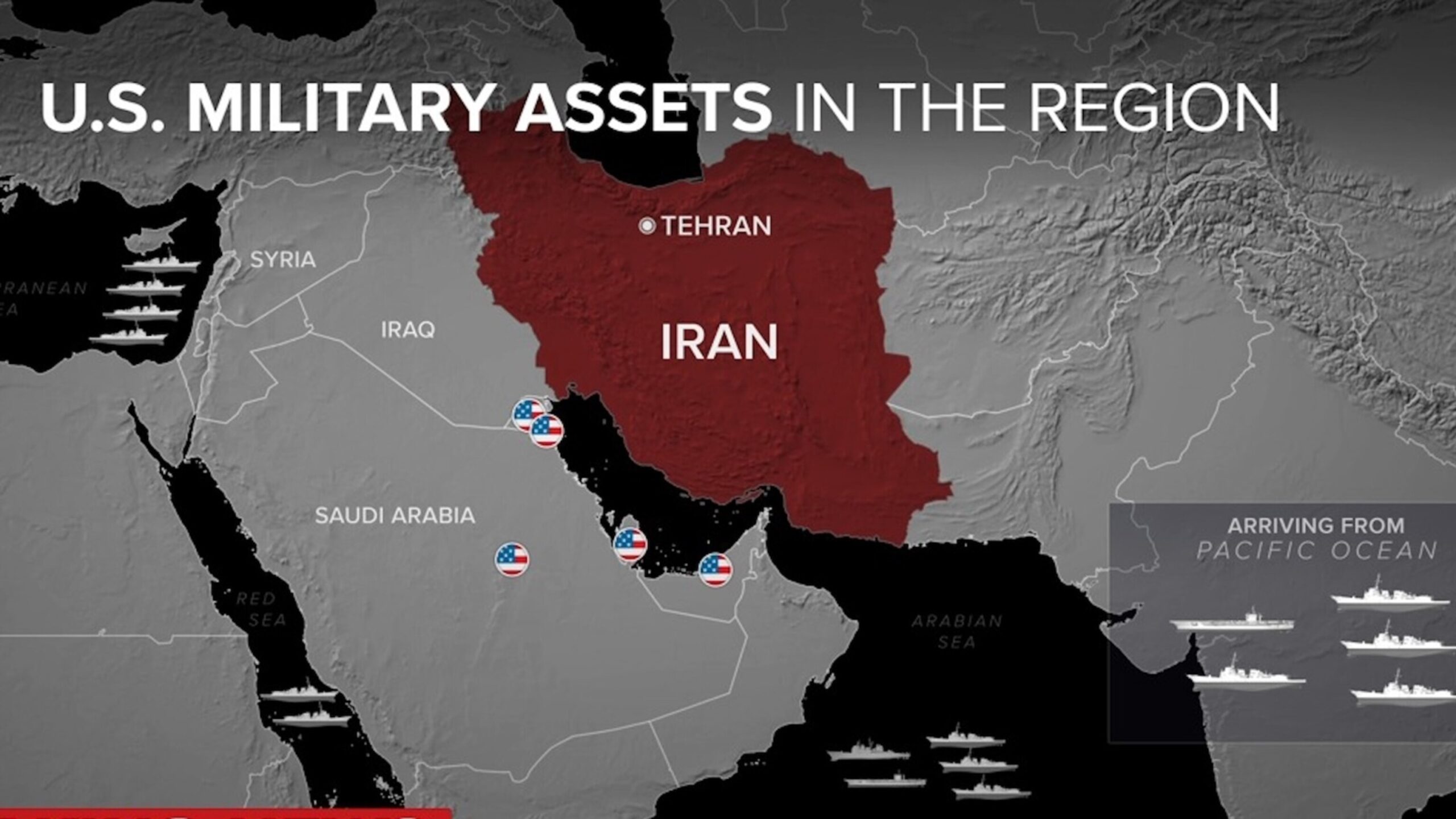
Delhi’s monsoon season brings relief from scorching heat but also poses significant challenges, particularly waterlogging. With 445 trouble spots identified across the city, concerns about Delhi’s monsoon readiness are mounting. This blog explores the city’s efforts to combat waterlogging, the challenges posed by these trouble spots, and the measures in place to ensure a smoother monsoon experience in 2025.
Why Monsoon Preparedness Matters in Delhi
Monsoon preparedness is critical for Delhi, a bustling metropolis with millions of residents and complex infrastructure. Heavy rainfall often leads to waterlogging, causing traffic disruptions, property damage, and safety hazards. The sharp rise in identified trouble spots—from 194 in 2024 to 445 in 2025—underscores the urgency of effective monsoon preparedness. Without robust measures, these trouble spots can paralyze the city, affecting daily life and economic activities.
The Scale of the Challenge: 445 Trouble Spots
The Public Works Department (PWD), along with the Delhi Traffic Police, has identified 445 waterlogging-prone areas across Delhi, a significant increase from previous years. These trouble spots include notorious locations like Minto Bridge, Pul Prahladpur underpass, and stretches along Ring Road. The reasons for waterlogging at these sites include:
- Outdated Drainage Systems: Delhi’s drainage infrastructure, largely based on 1970s designs, struggles to handle modern rainfall patterns and urban expansion.
- Choked Drains: Accumulated silt, debris, and waste clog stormwater drains, reducing their capacity to manage rainwater.
- Construction Debris: Ongoing road repairs and construction projects, such as those near ITO and Rajghat, exacerbate water accumulation.
- Geographical Challenges: Low-lying areas and underpasses, like Zakhira Flyover and Azad Market, are particularly vulnerable to flooding.
This escalation in trouble spots highlights the need for comprehensive monsoon preparedness to mitigate disruptions.
Delhi’s Monsoon Preparedness Efforts
To address the 445 trouble spots, Delhi’s authorities have launched several initiatives aimed at enhancing monsoon preparedness. The PWD, Municipal Corporation of Delhi (MCD), and other agencies are working collaboratively to reduce waterlogging risks. Key measures include:
1. Desilting Drains for Better Water Flow
Desilting is a cornerstone of Delhi’s monsoon preparedness strategy. The PWD has divided the city into 35 zones and aims to clean 1,400 kilometers of drains. As of April 2025, 50 kilometers have already been desilted, with a target completion date set for the end of April. This effort is crucial to ensure drains can handle heavy rainfall effectively.
2. Deploying Pumps and Operators
To manage water accumulation at trouble spots, the PWD has planned to deploy pump operators in three shifts, 24/7, at each of the 445 locations. Temporary accommodations will ensure rapid response during heavy rains. Additionally, the government is procuring 25 super sucker machines to remove water from roads efficiently, bolstering monsoon preparedness.
3. Upgrading Drainage Infrastructure
The PWD is implementing new drainage solutions, such as constructing a wider 1,000mm-diameter drain near Minto Bridge to handle excessive rainwater. Automated pumping systems and SCADA-based monitoring are also being introduced at critical locations to enhance monsoon preparedness and reduce manual intervention.
4. Accountability and Monitoring
To ensure effective monsoon preparedness, senior engineers are tasked with overseeing seven critical waterlogging points, with strict accountability measures in place. Daily monitoring reports will be sent to the Water Minister, ensuring proactive management of trouble spots. Any negligence could result in disciplinary action, emphasizing the government’s commitment to public safety.
Challenges Hindering Monsoon Preparedness
Despite these efforts, Delhi faces significant challenges in achieving comprehensive monsoon preparedness. The following issues complicate the city’s ability to manage waterlogging:
- Multi-Agency Coordination: The 445 trouble spots fall under various agencies, including PWD (335 spots), MCD, New Delhi Municipal Council (NDMC), Delhi Development Authority (DDA), and National Highways Authority of India (NHAI). Overlapping responsibilities often lead to confusion and delays.
- Climate Change Impact: Unpredictable rainfall patterns due to climate change increase the intensity of monsoon showers, putting additional pressure on Delhi’s aging infrastructure.
- Manual Desilting Concerns: Reports of workers manually clearing drains without protective gear raise ethical and safety concerns, potentially undermining monsoon preparedness efforts.
- Recurring Trouble Spots: Locations like Minto Bridge and Pul Prahladpur continue to flood despite previous interventions, indicating the need for more sustainable solutions.
Steps Toward Sustainable Monsoon Preparedness
To address these challenges and ensure long-term monsoon preparedness, Delhi needs a holistic approach. Recommendations include:
- Modernizing Drainage Systems: Investing in sustainable, climate-resilient drainage infrastructure to accommodate urban growth and changing r ainfall patterns.
- Public Awareness Campaigns: Educating residents about proper waste disposal to prevent drain clogging, a key factor in waterlogging.
- Smart Technology Integration: Using real-time monitoring systems and citizen-reporting apps to identify and address trouble spots promptly.
- Inter-Agency Collaboration: Streamlining coordination among PWD, MCD, NDMC, DDA, and NHAI to ensure unified action in tackling waterlogging.
Conclusion: Is Delhi Ready for the Monsoon?
With the monsoon expected to arrive on June 24, 2025, Delhi’s preparedness is under scrutiny. The identification of 445 trouble spots is a wake-up call, but the proactive measures—desilting, pump deployment, and infrastructure upgrades—show a commitment to addressing waterlogging. However, the success of these efforts depends on overcoming coordination challenges, modernizing infrastructure, and ensuring sustainable practices. By prioritizing monsoon preparedness, Delhi can minimize disruptions and create a safer, more resilient city for its residents.










